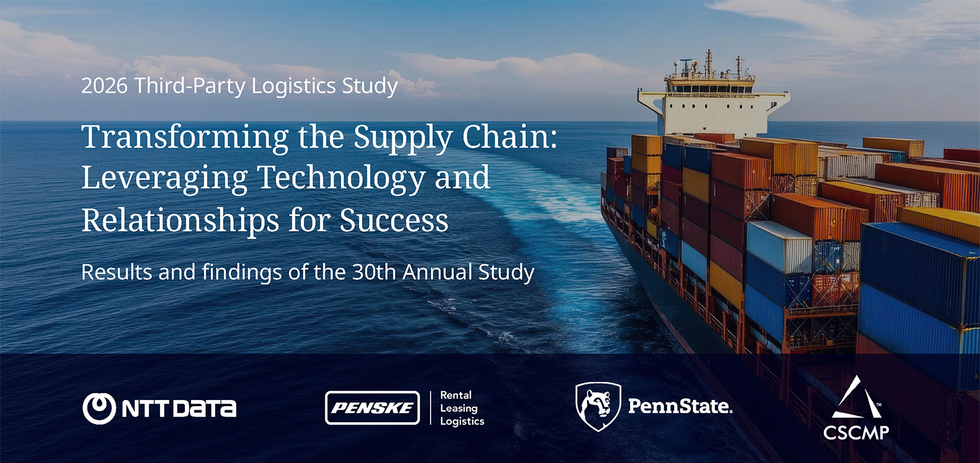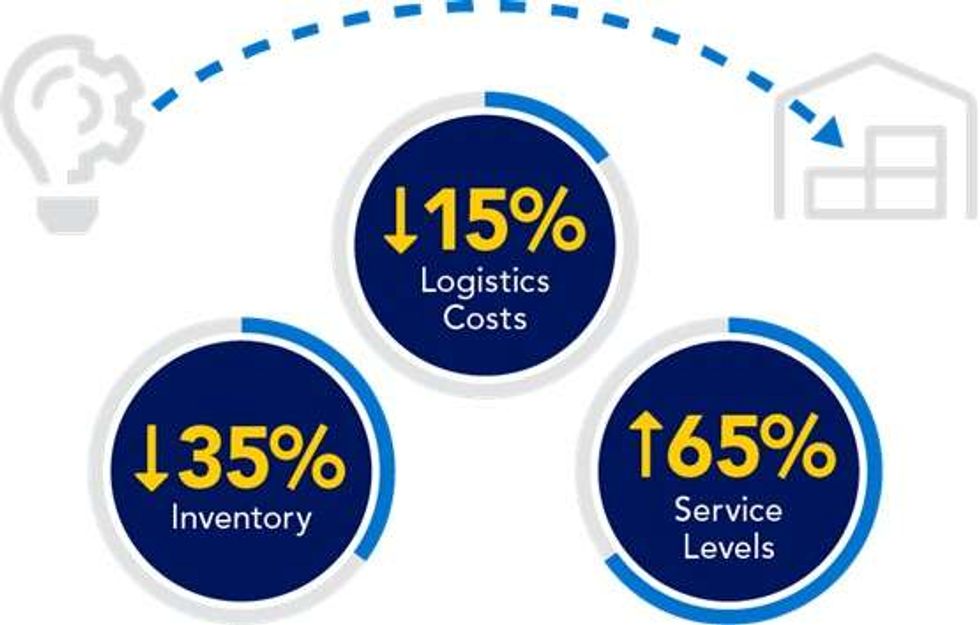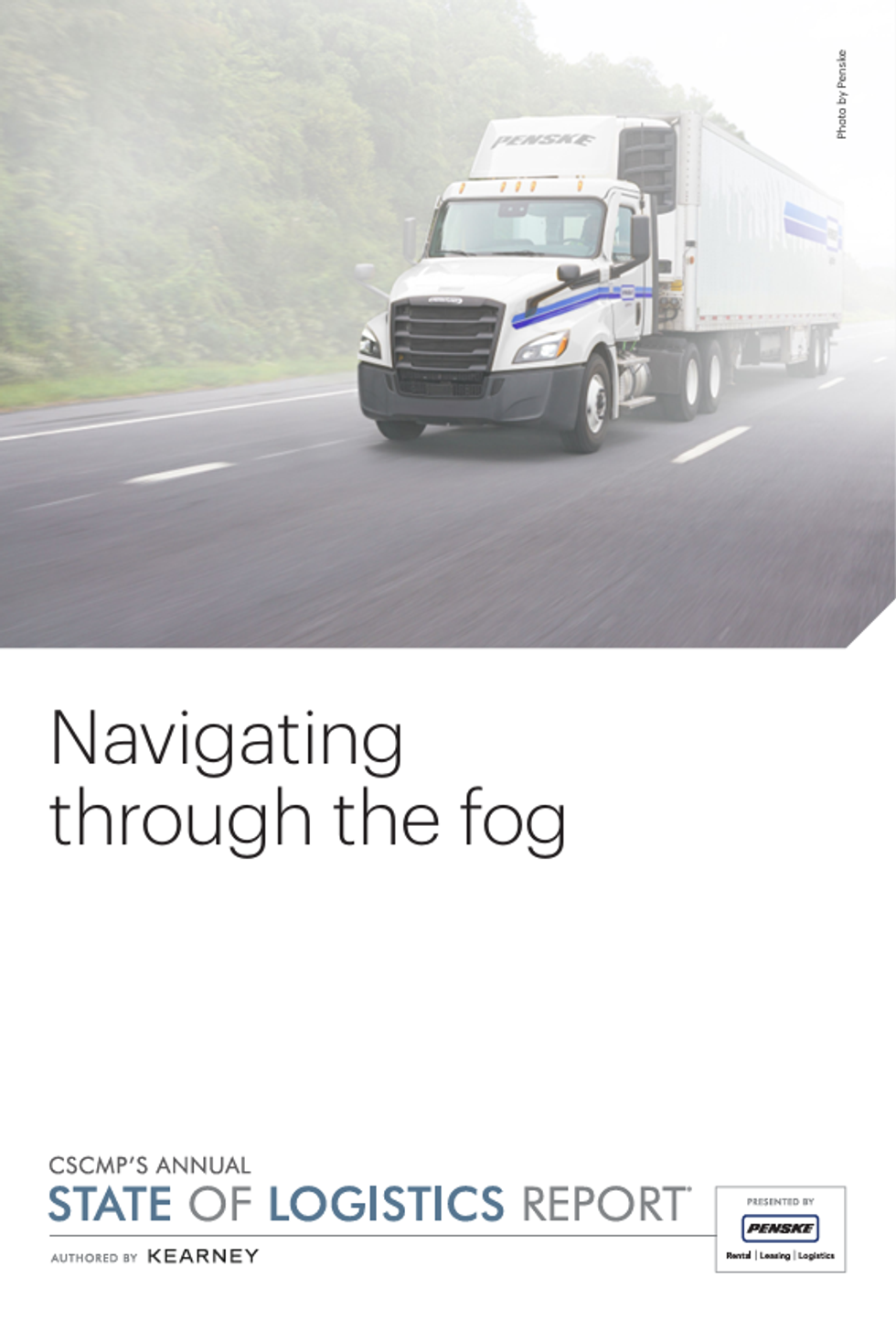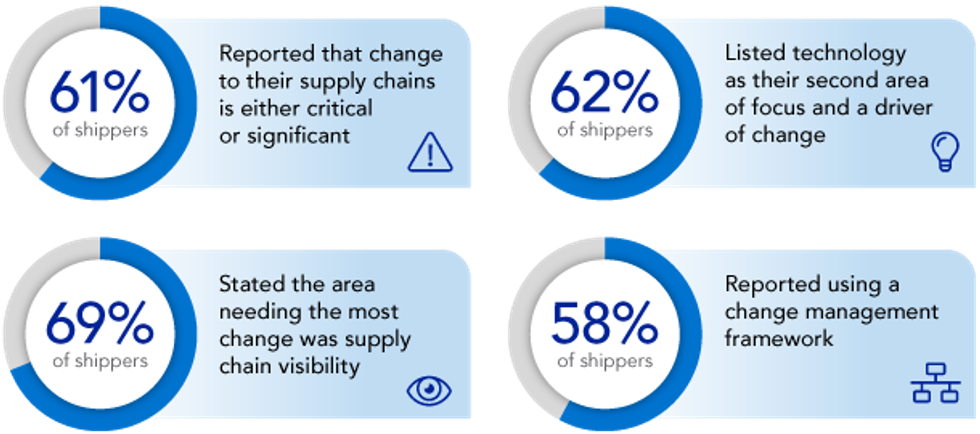Seven Strategies To Build Resilient Supply Chains
Global supply chains continue to face unpredictable challenges, ranging from geopolitical uncertainty to rising costs. Instability can feel overwhelming, often leading companies to delay critical decisions, which can compound future problems. While specific challenges change over time, shippers can control several key areas that will make them more resilient as market conditions shift.
1. Remove Silos and Improve Communication
A strong supply chain depends on seamless communication, but information often comes from multiple sources. Bringing sources together and breaking down silos between people, departments and digital platforms creates a holistic view of operations. When all teams work with the same information, they gain early insight into potential problems and can prevent issues from escalating. Cross-departmental collaboration also helps teams become stronger, allows decisions to be made more quickly and improves overall resilience.
2. Improve Visibility To Control Costs
Real-time visibility remains one of the most powerful tools for managing uncertainty and creating more responsive and efficient operations. A clear view across the supply chain allows shippers to manage inventory, optimize sourcing decisions and plan labor. It also allows stakeholders to proactively identify disruptions, ranging from delays at the loading dock to traffic congestion. Timely updates enable advanced planning and strategic decision-making, allowing freight to continue moving and helping to control costs.
3. Manage the Inbound Supply Chain To Gain Control
Shippers often lack visibility and control over inbound shipments from suppliers to plants and distribution centers. To help gain control, companies are increasingly managing inbound transportation rather than relying on their suppliers to transport goods. The number of inbound movements private fleets handle, for example, increased to 43% from 35% the previous year, according to the 2025 National Private Truck Council Benchmarking Survey.
Partnering with a third- (3PL) or fourth-party logistics (4PL) provider can help companies optimize their supply chain and gain control of the relationships between carriers and receiving locations while managing disruptions.
4. Optimize the Supply Chain and Reduce Waste
It’s important to have engineers evaluate a shipper’s overall network and identify opportunities to reduce unnecessary miles and eliminate waste. When you work with Penske, our engineers will model and simulate supply chain networks and explore various scenarios such as using different ports, routes, suppliers, inventory levels and transportation modes.
Simulations allow shippers to improve the overall design of their supply chain. They help identify which channels should be served by specific locations, strategic locations for suppliers, the best ports of entry and ideal locations for warehouses. When evaluating the entire network, engineers can also review existing business rules that influence routing, delivery times and frequencies to identify opportunities for increasing efficiency.
5. Diversity Sourcing Strategies

Geopolitical tensions, proposed and enacted tariffs, and shifting worldwide trade regulations contribute to increased transit times, capacity constraints and rate volatility. Many shippers are reevaluating their sourcing, production and distribution strategies. Diversifying suppliers and moving production to new markets can reduce reliance on any single country and help navigate around tariffs. Forty-five percent of shipper respondents in the 2026 Annual Third-Party Logistics Study said they are shifting to alternative approaches to sourcing because of tariffs, and 40% are identifying new foreign suppliers. Long-term strategies include reevaluating product portfolios (30%) and reestablishing manufacturing bases (25%).
6. Lean Into Contingency Planning To Minimize Risk
Every resilient supply chain needs a robust contingency plan. By analyzing potential scenarios and costs, shippers can identify high-risk areas and prepare the most effective response options. Scenario modeling and evaluating regional risks, whether political, environmental or economic, can assign risk scores to different aspects of the supply chain, identify alternative scenarios and guide decision-making.
7. Reduce Costs by Choosing the Right Partner
The Annual 3PL Study found that relationships between shippers and 3PLs are evolving from purely transactional to more strategic partnerships that foster long-term value, innovation and resilience. Eighty-eight percent of respondents who use a 3PL said their partner can solve their specific needs and challenges. Eighty-one percent agreed that using a 3PL improves customer service, while 75% said 3PLs help reduce overall costs.
Furthermore, 69% said 3PLs provide new and innovative ways to improve logistics effectiveness. It is critical for companies to align with partners that can scale with them and bring value across multiple product offerings and sites. To fully realize the potential of a strategic relationship, both parties must actively listen to each other to ensure they realize the mutual benefits they anticipated at the outset, according to the study.
At Penske, our professionals are committed to finding the right supply chain solutions for our customers. When you work with us, you get a partner dedicated to creating a resilient supply chain that helps your business thrive. Providing tailored solutions designed for your specific needs, from transportation and warehousing to technology and analytics, is our mission. We meet you where you are in your supply chain journey and develop the solutions you need to succeed.
Learn how we can help make your supply chain more resilient.




